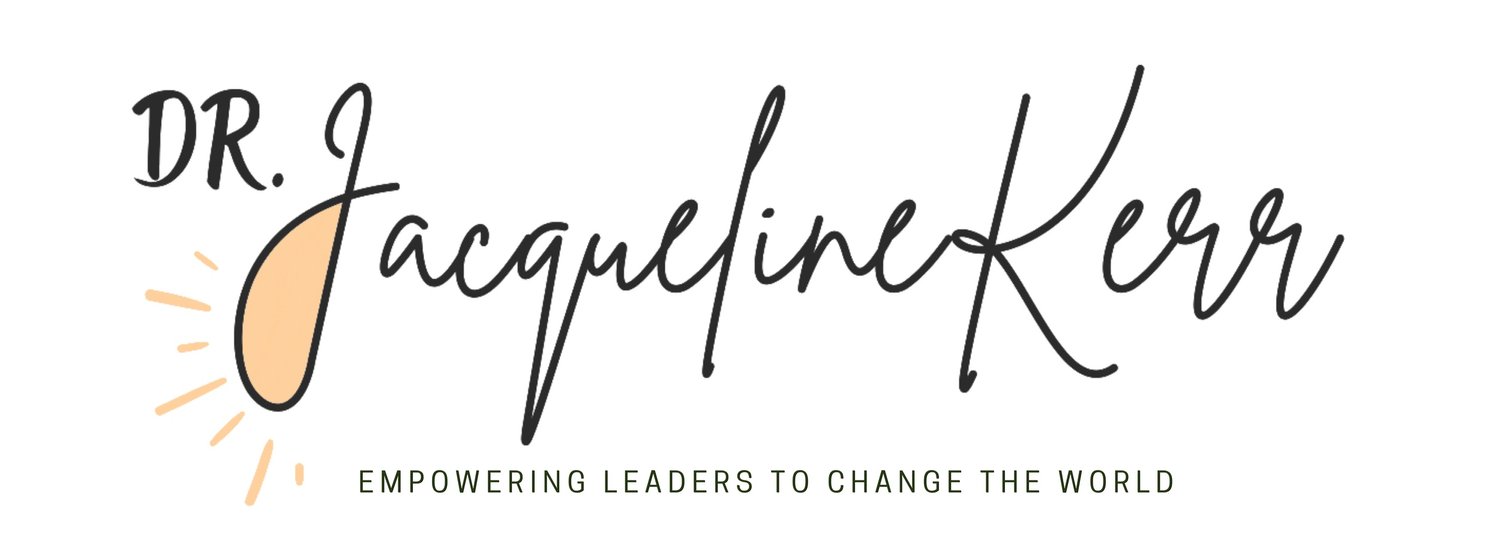Burnout advice for HR professionals
When I burned out from my job as a public health professor, I thought I was a bad mom, wife and manager. I blamed myself and set out to learn how to express my emotions, parent without micromanaging and say “thank you” to my partner.
However, as I started to learn about what could help me be a better manager, I came across numerous books designed specifically for women leaders. It was only then that I learned about the maternal wall and the motherhood penalty. The maternal wall represents the barriers to promotion that mothers face based on assumptions that they are less committed or less interested in career advancement opportunities post-birth. The motherhood penalty is the pay gap that emerges between mothers and fathers, with fathers receiving pay bonuses based on the assumption that a family depends on this additional income. Despite 41 percent of mothers being the breadwinner, they are paid less than fathers, or childless men and women.
Like many working moms, I believed hard work was the answer and I had reached the top 1 percent of most cited scientists worldwide. But I was unaware that publication rates among professors pre-birth were similar for male and female academics and post-birth dropped by 48 percent for mothers but not fathers.
I then learned about two key workplace conditions for burnout: lack of reward and injustice. The maternal wall and the motherhood penalty epitomize these two conditions and help explain why so many working moms burn out. We can reach the top, but we arrive exhausted, cynical, and less effective.
Workplace burnout was recognized by the World Health Organization in 2019, but most companies are not providing solutions for burnout from a public health perspective.
For example, SHRM a partner in the Thrive #mentalhealthpledge provides advice for burnout that wholly ignores the complex organizational causes of burnout and instead advises giving employees a rest from time to time.
A common solution for burnout suggested by leaders is self-care. Stress management is important for our overall health, and many stress management techniques, including exercise programs or meditation, demonstrate return on investment for companies.
But burnout is chronic stress, and most exercise habits last less than six months. Most users of even highly effective meditation apps only stay engaged for three months.
More importantly, what does it say to employees when you ask them to take responsibility for their stress, but your organization does not admit its role in contributing to the stress?
Public health solutions to complex, widespread problems like burnout focus on multiple layers of influence. Burnout solutions for working moms for example from a public health perspective would include:
1) Providing a coach. At the individual level, a work subsidized coach could help set reasonable expectations around mothering, provide communication tools to leverage support from a spouse or colleague, and support boundary formation as an accountability partner.
2) Owning workplace causes. At the organizational level, companies could provide subsidized childcare, paid parental leave, objective and structured hiring and promotion systems adhered to by diverse teams, and transparent pay bands.
A full multi-level model of burnout prevention from a public health perspective can be found here:
https://www.drjacquelinekerr.com/blog/multi-level-solutions-and-behavior-change-strategies
Public health experts use such solutions because they result in widespread, sustainable change, and they address disparities in access to health resources. They do not blame the individual but rather acknowledge the systemic causes of poor health. As the US Surgeon General stated: “Burnout manifests in individuals, but it’s fundamentally rooted in systems.”
Instead of reaching for a mental health Band-Aid, HR leaders should consider an up-stream approach that reduces the bias that causes burnout.
